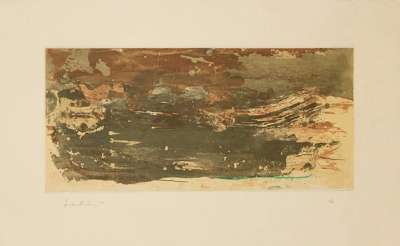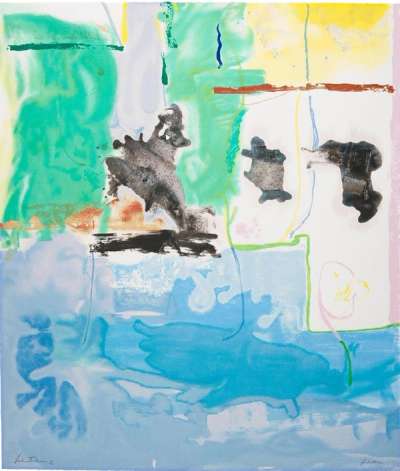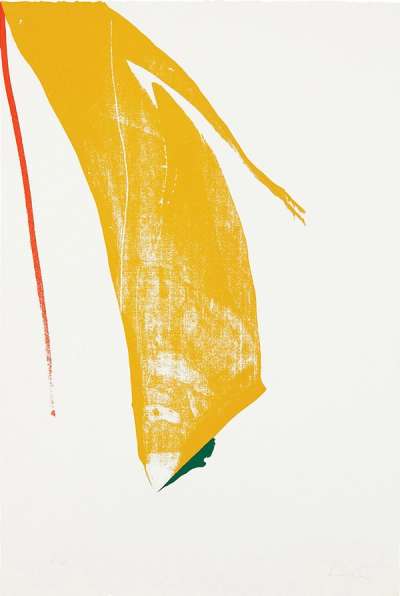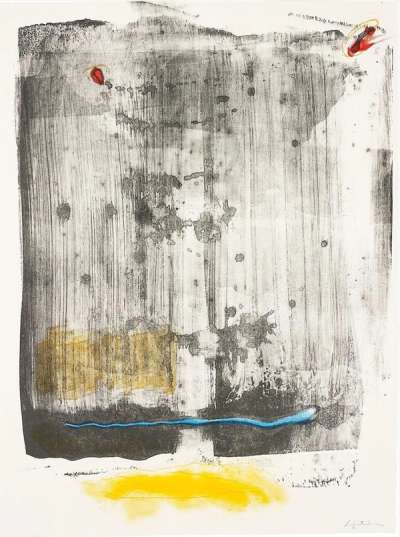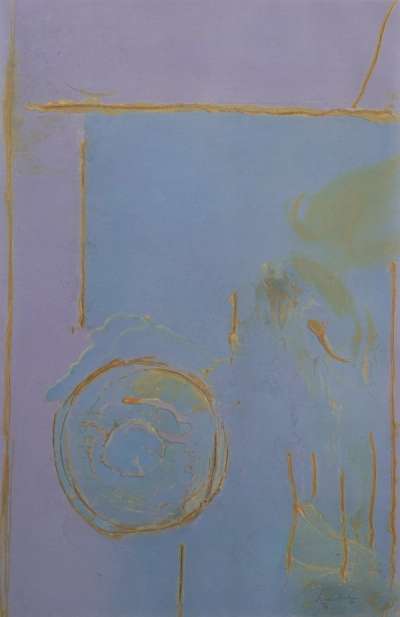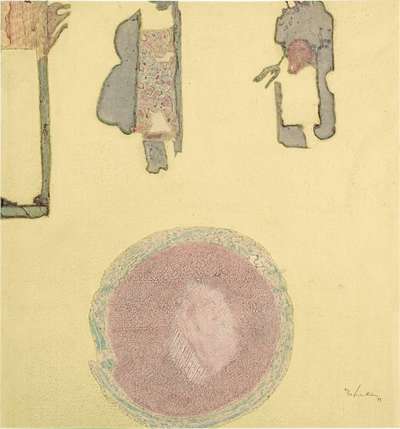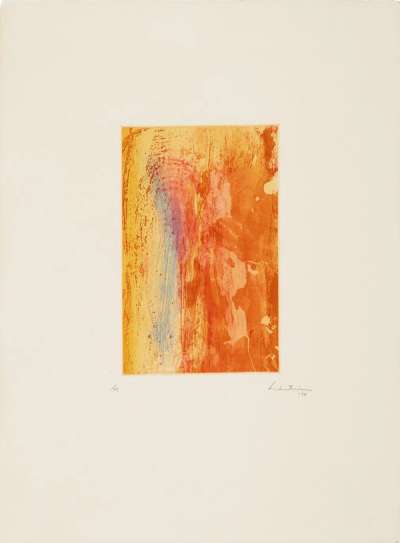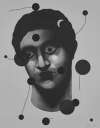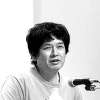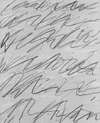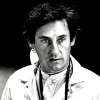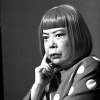Helen
Frankenthaler
Helen Frankenthaler was recently featured in our Female Printmakers Report for her rising influence. A key figure in American Abstract Expressionism, Frankenthaler is celebrated for her pioneering “soak-stain” technique, which created vibrant, colour-saturated fields. Spanning six decades, her career left a lasting impact on post-World War II American art. If you’re looking for original Frankenthaler prints and editions for sale or considering selling, request a complimentary valuation and browse our network’s most in-demand works.
Helen Frankenthaler art for sale
Discover Helen Frankenthaler prints for sale, exclusively available through our private network of collectors. Explore signed and unsigned screenprints, lithographs, digital prints, and rare editioned proof prints by era-defining blue chip artists.
Sell Your Art
with Us
with Us
Join Our Network of Collectors. Buy, Sell and Track Demand
Biography
Helen Frankenthaler was a groundbreaking American artist, born on December 12, 1928, in New York City. She grew up in a cultured, affluent family that encouraged her artistic inclinations from a young age. Frankenthaler's early work was shaped by Abstract Expressionists like Williem de Kooning and Jackson Pollock, yet she quickly developed a unique style that distinguished her in the art world. During the 1950s, Frankenthaler made a significant breakthrough with her "soak-stain" technique. This method involved diluting oil paints and applying them to unprimed canvas, allowing the colours to soak into the fabric and creating ethereal, luminous fields of colour that seemed to float on the canvas – a stark departure from the thick, gestural brushstrokes of her contemporaries.
Throughout her career, which spanned over six decades, Frankenthaler continued to evolve, experimenting with new mediums and techniques. Although her style fluctuated between abstraction and a loose representation, it always maintained a focus on colour relationships and composition. Frankenthaler's contributions to Abstract Expressionism and the larger art world were profound, influencing generations of artists after her. She passed away on December 27, 2011, leaving behind a legacy as a pioneering artist who reshaped the landscape of American abstract art.
Frankenthaler's career as an artist was marked by innovation and a profound influence on the course of American abstract painting. She embarked on her artistic journey under the guidance of influential mentors and through her own relentless experimentation and exploration. One of her early mentors was Rufino Tamayo, a renowned Mexican muralist, under whom she studied while at the Dalton School. His use of vivid colours and emotional intensity had a lasting impact on her artistic development. Later, at Bennington College, Paul Feeley, a modernist painter, further shaped her approach to art. Feeley's emphasis on basic forms and colours resonated with Frankenthaler, laying the groundwork for her future explorations.
Frankenthaler's breakthrough came with the development of her innovative soak-stain technique, which she first showcased in her 1952 masterpiece Mountains and Sea. This work, created when she was only 23 years old, marked a turning point in her career and in the evolution of post-World War II American art. The painting's ethereal, watercolour-like quality, which was achieved by thinning oil paint and applying it to unprimed canvas, challenged the thick textured brush strokes prevalent in Abstract Expressionism at the time. Mountains and Sea laid the groundwork for the expansion of the Colour Field movement, influencing artists like Morris Louis and Kenneth Noland, who were struck by the painting's innovative technique and emotional depth.
Frankenthaler’s body of work includes not just paintings but also woodcuts and prints, showing her versatility and willingness to experiment with different mediums. She explored various themes and styles, from more structured compositions in her earlier works to freer, more spontaneous pieces in her later years. Notable works like Eden and The Bay further exemplify her mastery of colour and form, showcasing her ability to convey depth and emotion through abstract representation. Frankenthaler's dedication to her craft, combined with her unique vision and technique, solidified her place as a leading presence in Abstract art. Her work has been the subject of several retrospectives, notably one at the Museum of Modern Art (MoMA) in 1989.

















